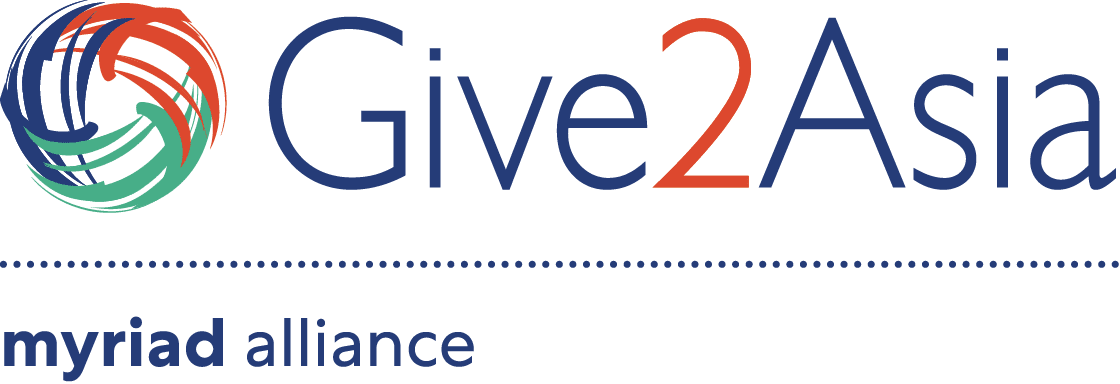Around one million people fish in the southwest coastal region of Bangladesh, an area highly prone to cyclones, sea depression, tidal surge, high tide, salinity intrusion, and river erosion. Recently, the rate of cyclones and sea depressions in this area increased, creating high risks to traditional seagoing fishermen. Most of these fishermen are extremely poor and have limited access to social services. Every year, many of them lose their investment, boats, or even their lives during the fishing season. As a result, they are forced to sell their assets to repay loans or migrate to other places to look for better livelihood options.
An Organization for Socio-Economic Development (AOSED) has been working in the southwest coastal region of Bangladesh since 2000. AOSED observed that no interventions have been made to address the safety and security of seagoing fishers and their livelihoods despite being major contributors to the food security and economic growth of the country. To respond to this gap, AOSED developed a user-friendly early warning response mechanism and comprehensive safety management system to save lives and assets of seagoing fishermen.
INITIATIVES
Through the support of Give2Asia, AOSED piloted the Sundarbans Adjacent Fishers Enabling Resilience Building (SAFER) Project to establish a climate resilient fisher community in the southwest coastal region of Bangladesh. The beneficiaries were composed of 300 traditional seagoing fishermen from 30 fishing groups and their families in Paikgacha Upazila. The project used locally available technologies like a vehicle tracking device, telecommunication networks, and solar energy facilities to develop a vehicle tracking system (VTS). The VTS were installed on the boats of beneficiaries and a small operating center was set-up to monitor and provide regular live communication, signals, and safety gear to the fishermen at sea.
Skills development programs for both male and female members were given. AOSED trained the fishermen on disaster risk reduction (DRR) and increased their knowledge on occupational safety, risk management, and use of safety gear. The women were also educated on early warning response mechanism, homestead vegetation, and other alternative livelihood like dry fish marketing and poultry rearing.
The SAFER Project facilitated the linkage and communication between the fisher community and the local government, administration, financial institutions, and service providers. Government officials and agencies, along with other stakeholders, were invited at project events to ensure the participation of all social strata in the initiative.
Annual risk and opportunity planning were conducted to help families avoid health hazards. They were educated on proper health hygiene practices and collecting safe drinking water when at home or at the boat when fishing. Gender equality has also been ensured through skills development programs.
IMPACT
SAFER is the first project in the region that developed an early response mechanism for fishermen. The pilot initiative was successful as the fishermen adapted the new technology and equipment effectively. After developing and installing the VTS, the beneficiaries have become skilled and capable in managing safety and security systems. They are now using safety gears like lifebuoys, life jackets, signal light, radio, mobile phone, compasses, and are in live communication with the VTS Operating Center. Armed with information of when disaster events are likely to occur, their confidence to move from one fishing spot to another has increased because they are prepared.
Through this project, the local policy actors become more responsive in addressing risks faced by fishermen and contributed in information and communication (ICT)-based solutions. Local government institutions have allocated resources to ensure the safety and security of vulnerable fisher communities. Poor fishermen were empowered to express their needs to relevant authorities and to increase their access in obtaining social services.
SAFER has led to the reduction of loss and damage to investment, lives, and boats. Few of the beneficiaries faced natural calamities during the project period because they were able to leave risky areas after getting timely warning through signal or live communication. Fishermen were able to return three times to safe shelter caused by sea depression. Apart from the beneficiaries, 123 fishermen not involved in the project showed interest in participating at SAFER activities. They also voluntarily bought their own safety materials.
Through the livelihood development trainings, the men and women took on climate adaptive jobs that increased their economic capacity. Twenty-three families are now engaged in homestead vegetation and eight are engaged in dry fish marketing. Others have started small-scale poultry rearing.
This article is a project of An Organization for Socio-Economic Development (AOSED). To support their work, click here.



